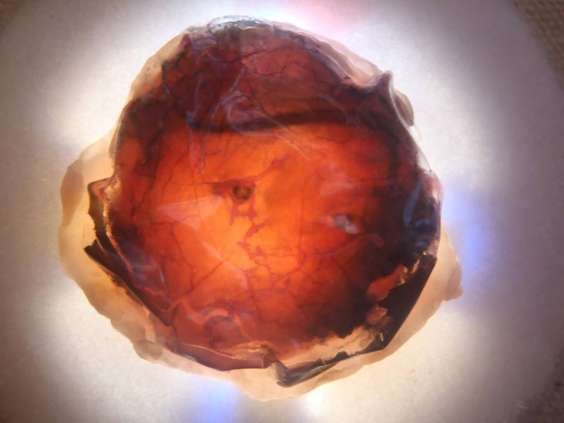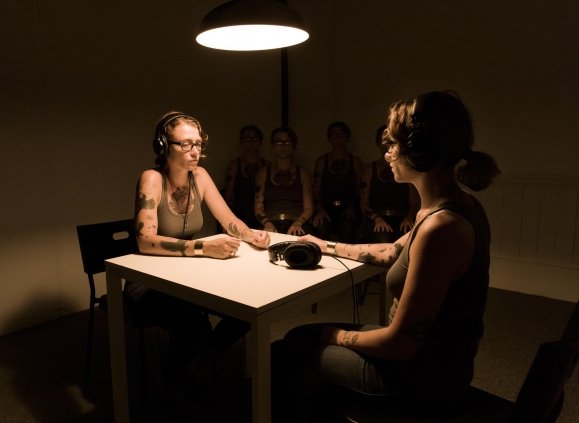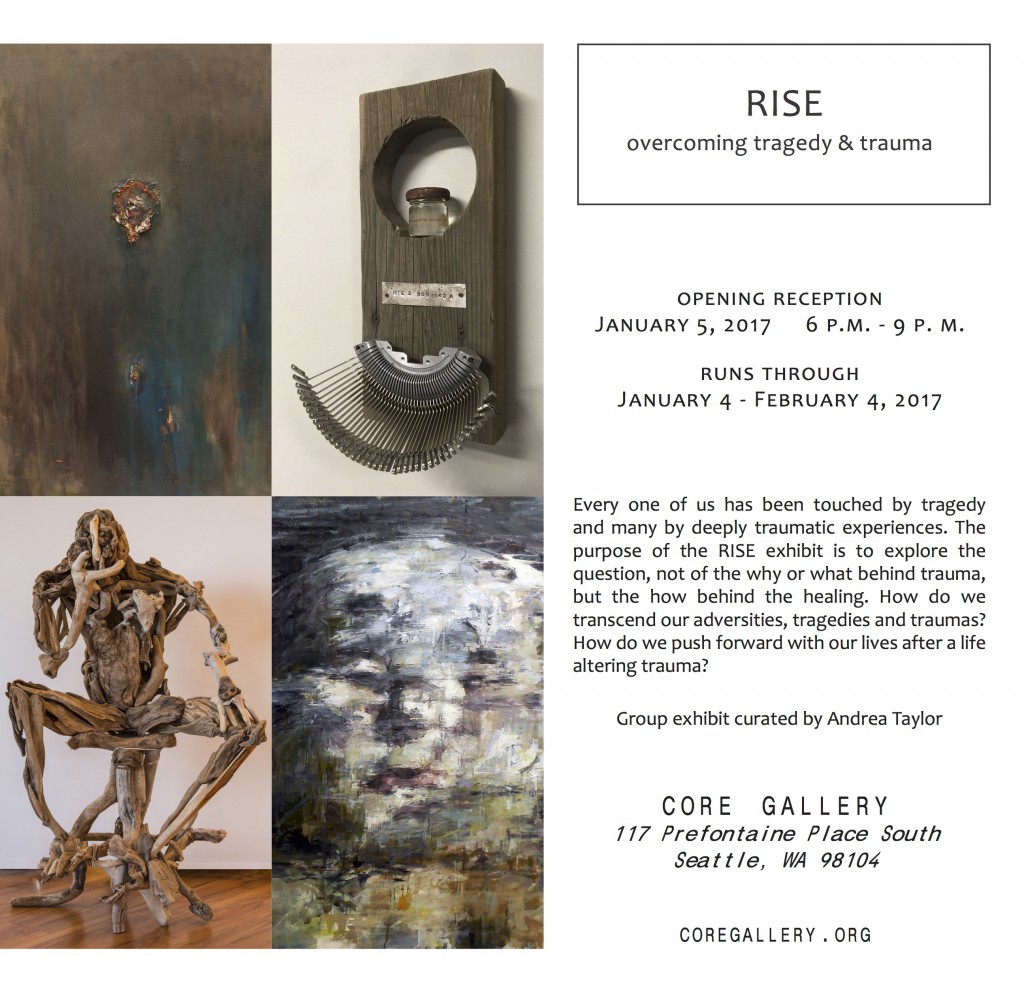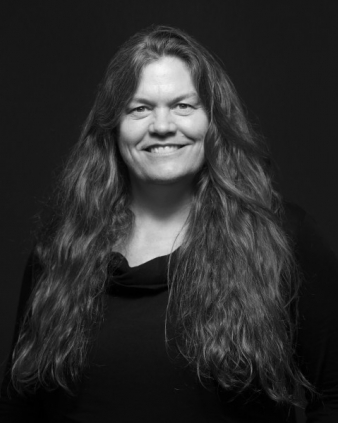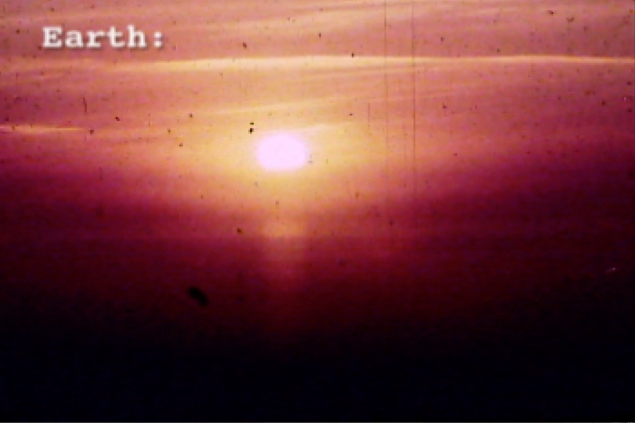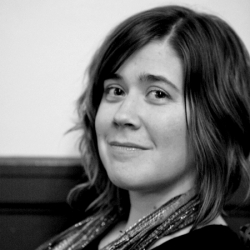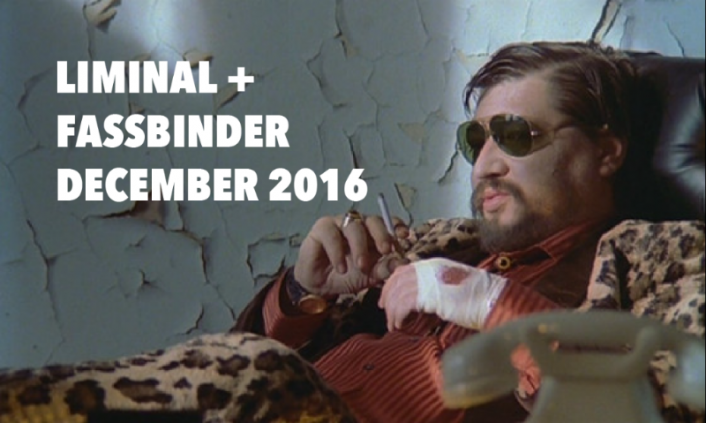The Animal Museum|SPOM in LA
THE SEXUAL POLITICS OF MEAT (SPOM)
@ The Animal Museum,
421 Colyton St. Los Angeles, CA
EXHIBITION DATES
February 25 – April 30, 2017
OPENING RECEPTION
Saturday, February 25, 2017, 5 – 8pm. Free.
SUNDAY COLLOQUIUM:
February 26, 2017, 2 to 5 pm. $20
w/ SPOM Slideshow presented by Carol J. Adams, + Q&A
+ “Women, Animals, and Art” Panel Discussion that includes Carol J. Adams, the curators, and artists, to address the theories found within the book. Panel moderator: Dr. Stephen Eisenman, author of The Cry of Nature: Art and the Making of Animal Rights
Thank you to our exhibit sponsors –
A Well-Fed World
ABOUT THE EXHIBITION
______________________
Curators: Kathryn Eddy, Janell O’Rourke, L.A. Watson
The Sexual Politics of Meat (SPOM) exhibition features fourteen contemporary women artists whose work has been inspired by the eco-feminist theories presented in Carol J. Adam’s book, The Sexual Politics of Meat. The SPOM exhibition aims to not simply illustrate the ideas found in the book but instead, highlights how artists internalize theory and creates original work as a result; the exhibit will coincide with the 25th anniversary of the book.
The Sexual Politics of Meat, by Carol J. Adam’s explores the ways that women and animals are marginalized and objectified in patriarchal cultures. Through an exploration of how persons might literally and metaphorically become “pieces of meat,” Adams analyses the object-status of nonhuman animals and its relationship to the objectification of women throughout visual and literary culture.
Through their work, the artists of SPOM examine intersecting oppressions based on gender, race and species, exploring what objectification means to them personally, politically and poetically. Working in a wide variety of media the artists of SPOM ask, “How does someone become something?”
Featured artists: Nava Atlas, Patricia Denys, Kathryn Eddy, Suzy González, Hester Jones, Renee Lauzon, Maria Lux, lynn mowson, Janell O’Rourke, Valerie Callender-Scott, Angela Singer, Sunaura Taylor, L.A. Watson, Yvette Watt.Sports brands | NIKE HOMME
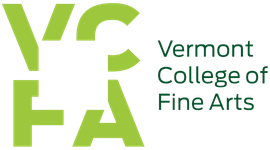
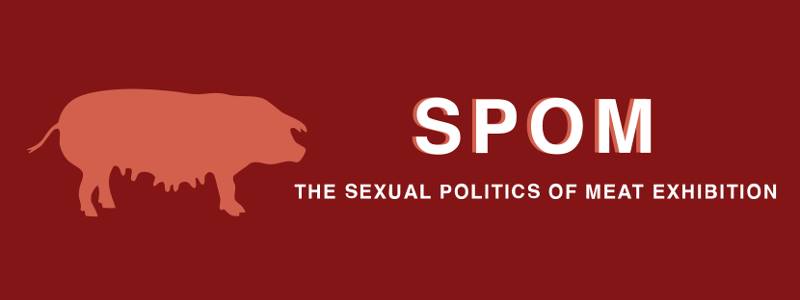
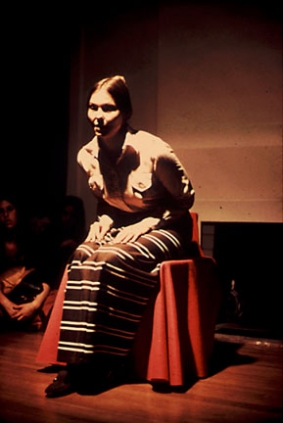
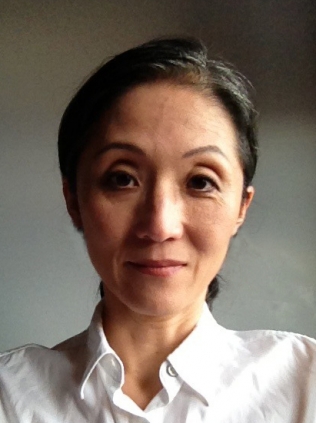
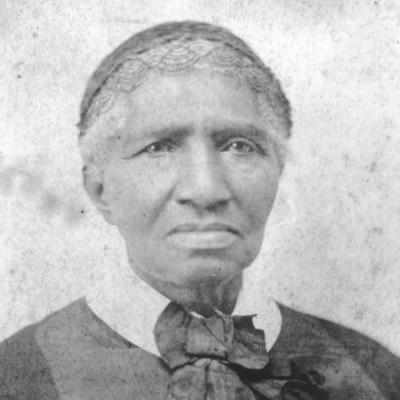
 The film is scheduled to air nationwide between December 30, 2016 and January 6, 2017. Patricia decided to make the documentary with her own funds in order to help spread this story of hope to others.
The film is scheduled to air nationwide between December 30, 2016 and January 6, 2017. Patricia decided to make the documentary with her own funds in order to help spread this story of hope to others.